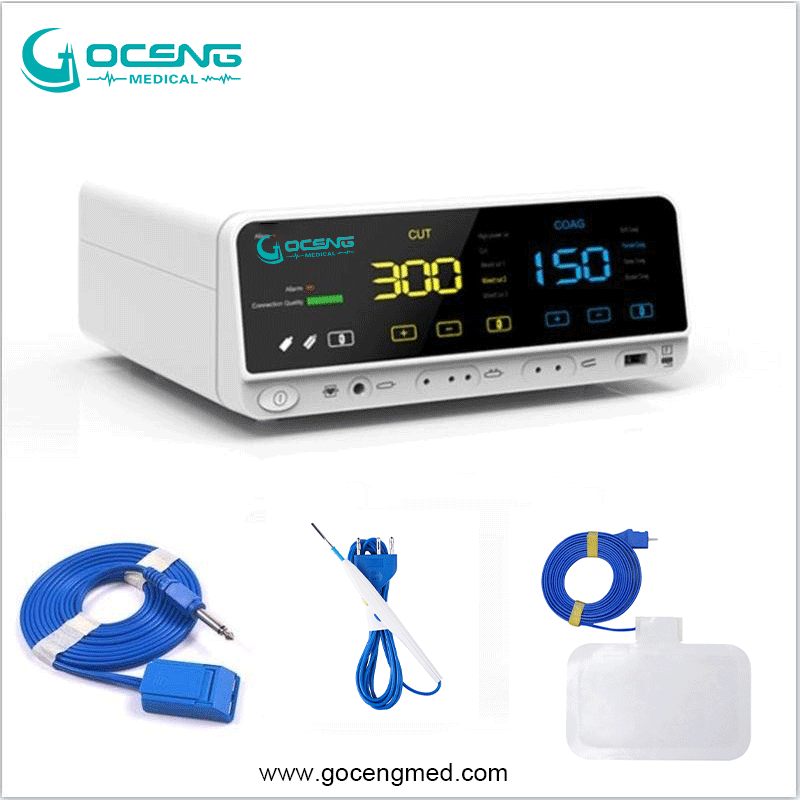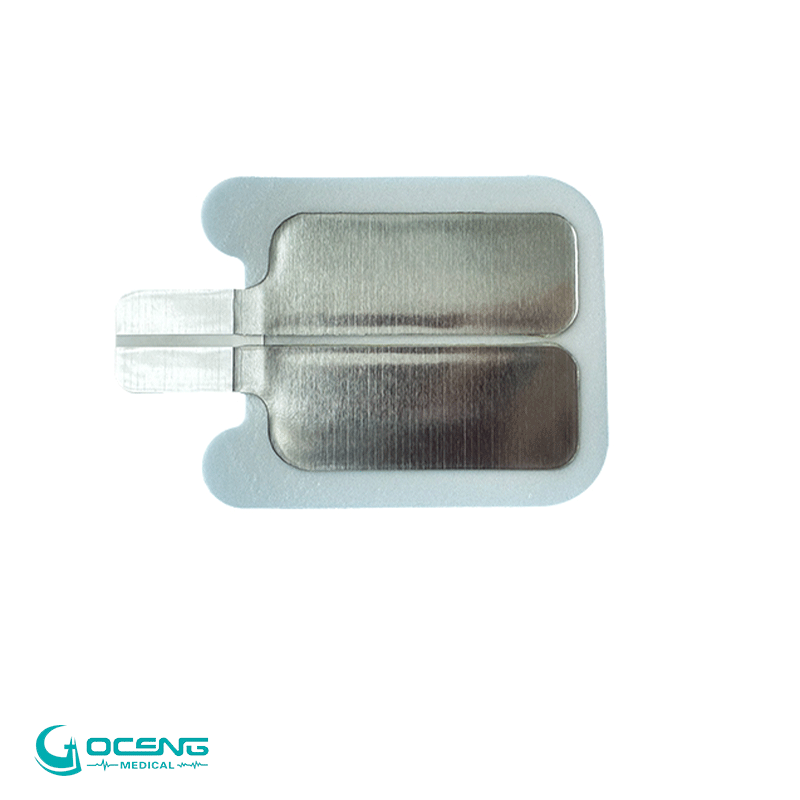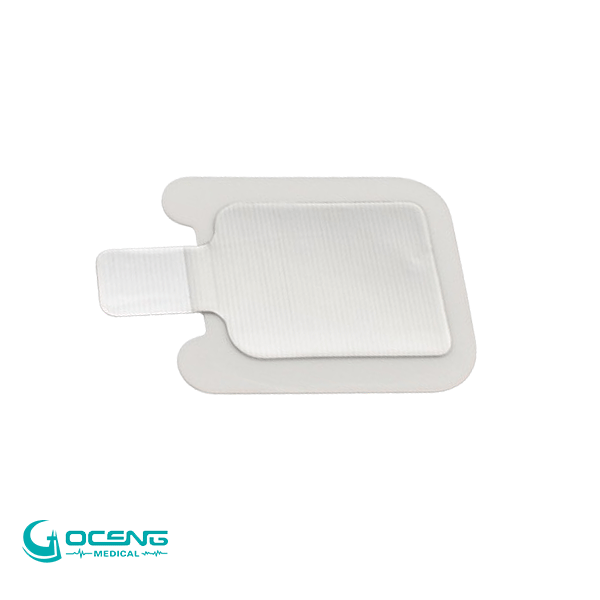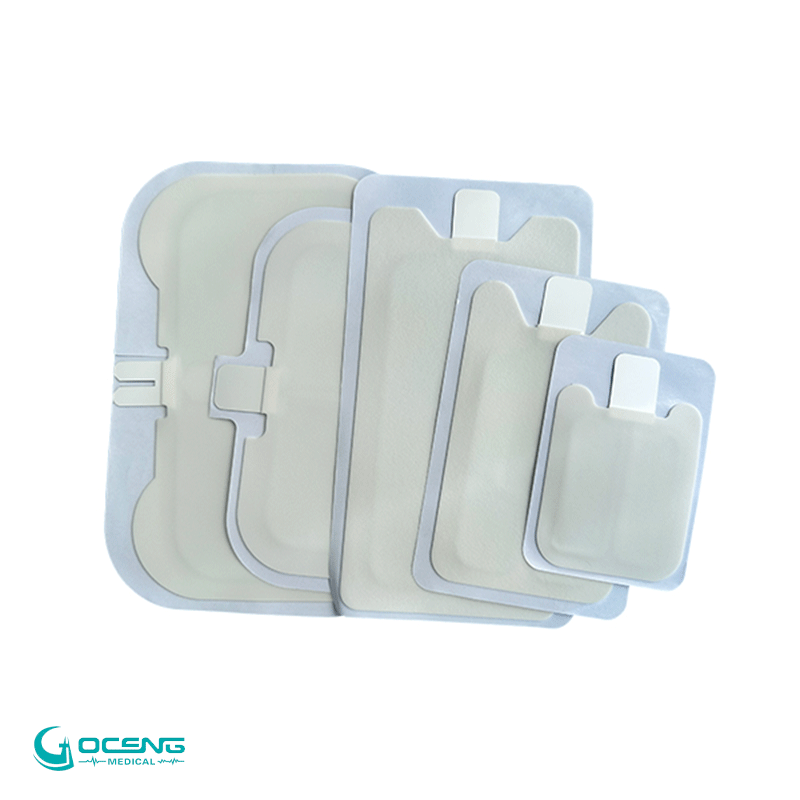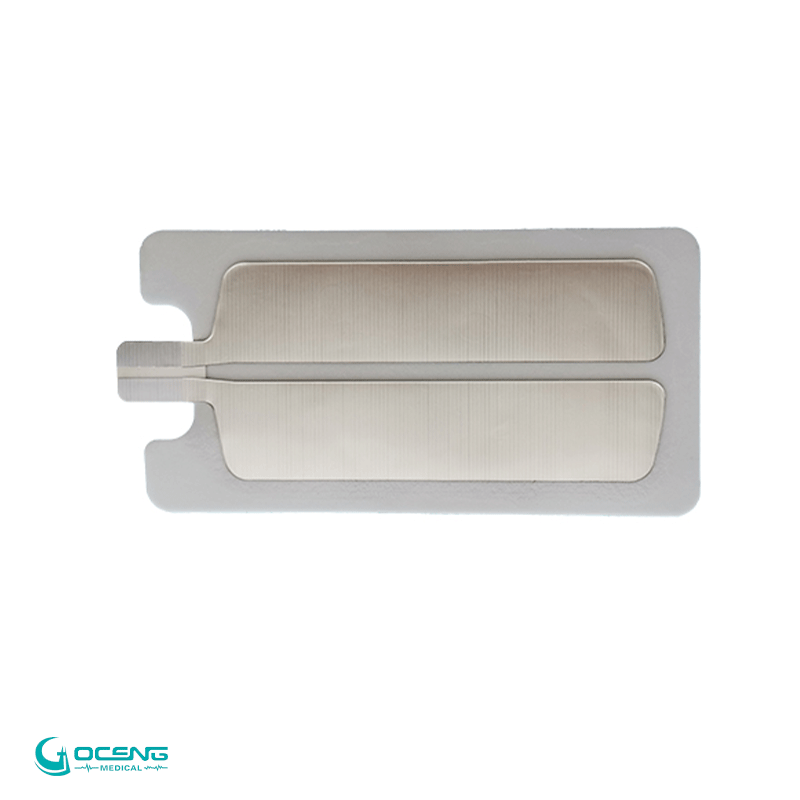Electrosurgical refers to a technique used in surgery that involves applying high-frequency electrical currents to biological tissues to cut, coagulate, desiccate, or fulgurate them. This method is widely used in various surgical procedures due to its ability to control bleeding and cut through tissue with precision.
Key Components of Electrosurgery:
1. Electrosurgical Generator Unit (ESU): This is the device that produces the high-frequency electrical current used in electrosurgery.
2. Active Electrode: The instrument through which the electrical current is delivered to the tissue. It can be in the form of a scalpel, loop, or needle.
3. Patient Return Electrode (Disposable Grounding Pad with REM Plug ): The pad returns the current from the patient back to the generator, ensuring safety by preventing burns or shocks.
Types of Electrosurgical Techniques:
-
Cutting: A continuous high-frequency current is used to cut through tissues. This is often used for making incisions or removing tissue.
-
Coagulation: This involves using a modulated electrical current to control bleeding by causing blood to clot.
-
Desiccation: This technique dries out the tissue by applying a high-frequency current, which destroys the tissue.
-
Fulguration: The use of an electric spark to destroy tissue, often used to remove growths or stop bleeding.
Applications:
- General Surgery: For precise cutting and coagulation.
- Dermatology: Removal of skin lesions.
- Gynecology: For procedures like loop electrosurgical excision procedures (LEEP).
- Ophthalmology: For certain types of eye surgery.
These are situations or conditions where the use of electrosurgery might be unsafe or less effective. Below are some key contraindications:
1. Pacemakers and Other Implanted Electronic Devices: Interference Risk: Electrosurgery can interfere with pacemakers, defibrillators, and other implanted electronic devices, potentially leading to malfunctions. Precaution: Special precautions are necessary, such as using bipolar electrosurgery instead of monopolar or consulting with a cardiologist.
2. Presence of Metal Implants: Risk of Burns: Patients with metal implants, such as orthopedic hardware, may be at risk of burns at the site of the implant or grounding pad.
3. Pregnancy: Fetal Risk: The effects of electrosurgery on a developing fetus are not well-studied, and caution is advised, particularly in procedures involving the pelvic or abdominal regions.
4. Infected or Inflamed Tissue: Healing Complications: Using electrosurgery on infected or severely inflamed tissues can exacerbate the infection and delay healing.
5. Close Proximity to Sensitive Structures: Damage Risk: Structures like nerves, blood vessels, or the eyes can be inadvertently damaged by the heat generated during electrosurgery.
6. Certain Skin Conditions: Skin Disorders: Patients with certain skin conditions, such as dermatitis, may have heightened sensitivity, leading to an increased risk of burns or poor wound healing.
7. Use in Areas with High Oxygen Concentration: Fire Hazard: In areas with high oxygen concentration, such as during surgeries where oxygen is being delivered directly to the patient (e.g., nasal cannula), there is a heightened risk of fire.
8. Coagulation Disorders or Blood Thinners: Bleeding Risk: Patients with coagulation disorders or those on blood thinners may experience uncontrolled bleeding despite the coagulative properties of electrosurgery.
9. Allergy to Materials Used: Allergic Reactions: Some patients might be allergic to the materials used in the electrosurgical instruments or grounding pads.
10. Inadequate Grounding: Burns: Poor grounding can lead to burns at the grounding site or elsewhere on the body.
Thought Electrosurgery is favored in many procedures due to its ability to reduce blood loss, minimize tissue damage, and allow for quicker recovery times compared to traditional surgical methods. In cases where these contraindications are present, alternative surgical methods or additional precautions should be considered to ensure patient safety. Surgery safe is the key .
Check more at : www.gocengmed.com

